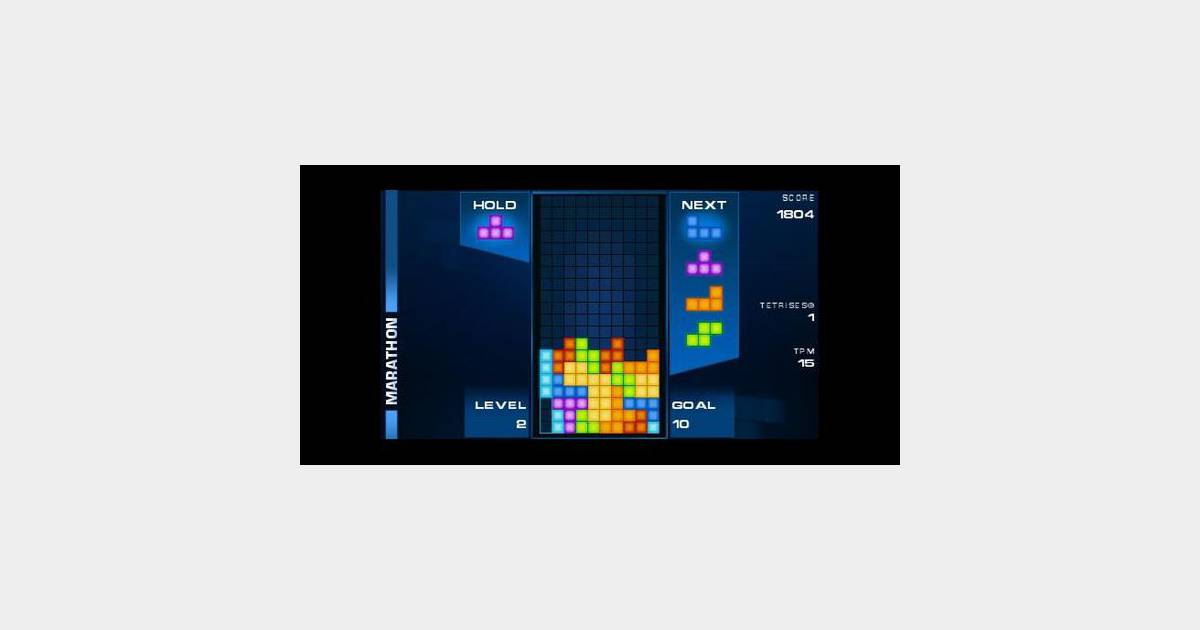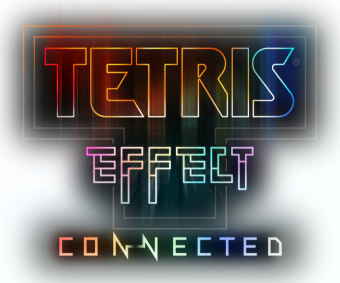

#Tetris syndrome series#
Game transfer phenomena Ī series of empirical studies with over 6,000 gamers has been conducted since 2010 into game transfer phenomena (GTP), a broadening of the Tetris effect concept coined by Angelica B. This is from their research in which they showed that people with anterograde amnesia, unable to form new declarative memories, reported dreaming of falling shapes after playing Tetris during the day, despite not being able to remember playing the game at all. (2000) have proposed that Tetris-effect imagery is a separate form of memory, likely related to procedural memory. Mathematicians have reported dreaming of numbers or equations for example Srinivasa Ramanujan, or Friedrich Engels, who remarked 'last week in a dream I gave a chap my shirt-buttons to differentiate, and he ran off with them'.

’Tain’t-so-bad-by-day because o’ company,īut-night-brings-long-strings-o’ forty thousand millionīoots-boots-boots-boots-movin’ up an’ down again. The poem 'Boots' by Rudyard Kipling describes the effect, resulting from repetitive visual experience during a route march: A person newly on land after spending long periods at sea may sense illusory rocking motion, having become accustomed to the constant work of adjusting to the boat making such movements (see 'Illusions of self-motion' and 'Mal de debarquement'). Another example, sea legs, are a kind of Tetris effect. Robert Stickgold reported on his own experiences of proprioceptive imagery from rock climbing. Where's the spaceship? Samson thought as he instantly swiveled back and grabbed the air for a control box that wasn’t there.' (p. As he stepped out of the train, he stared upward into the crisp, clear sky. The earliest example that relates to a computer game was created by the game Spacewar! As documented in Steven Levy's book Hackers: 'Peter Samson, second only to Saunders in Spacewarring, realized this one night when he went home to Lowell. It has also been known to occur with non-video games, such as the illusion of curved lines after doing a jigsaw puzzle, the checker pattern of a chess board, or the involuntary mental visualisation of Rubik's Cube algorithms common amongst speedcubers. The Tetris effect can occur with other video games. Ī more comprehensive understanding of the lingering effects of playing video games has been investigated empirically as game transfer phenomena (GTP). Those experiencing the effect may feel they are unable to prevent the thoughts, images, or dreams from happening.

They may see such coloured, moving images when they are falling asleep, a form of hypnagogic imagery. They may see coloured images of pieces falling into place on an invisible layout at the edges of their visual fields or when they close their eyes. People who have played Tetris for a prolonged amount of time can find themselves thinking about ways different shapes in the real world can fit together, such as the boxes on a supermarket shelf or the buildings on a street. It takes its name from the video game Tetris. The Tetris effect (also known as Tetris syndrome) occurs when people devote so much time and attention to an activity that it begins to pattern their thoughts, mental images, and dreams. People who play video puzzle games like this for a long time may see moving images like this at the edges of their visual fields, when they close their eyes, or when they are drifting off to sleep.


 0 kommentar(er)
0 kommentar(er)
